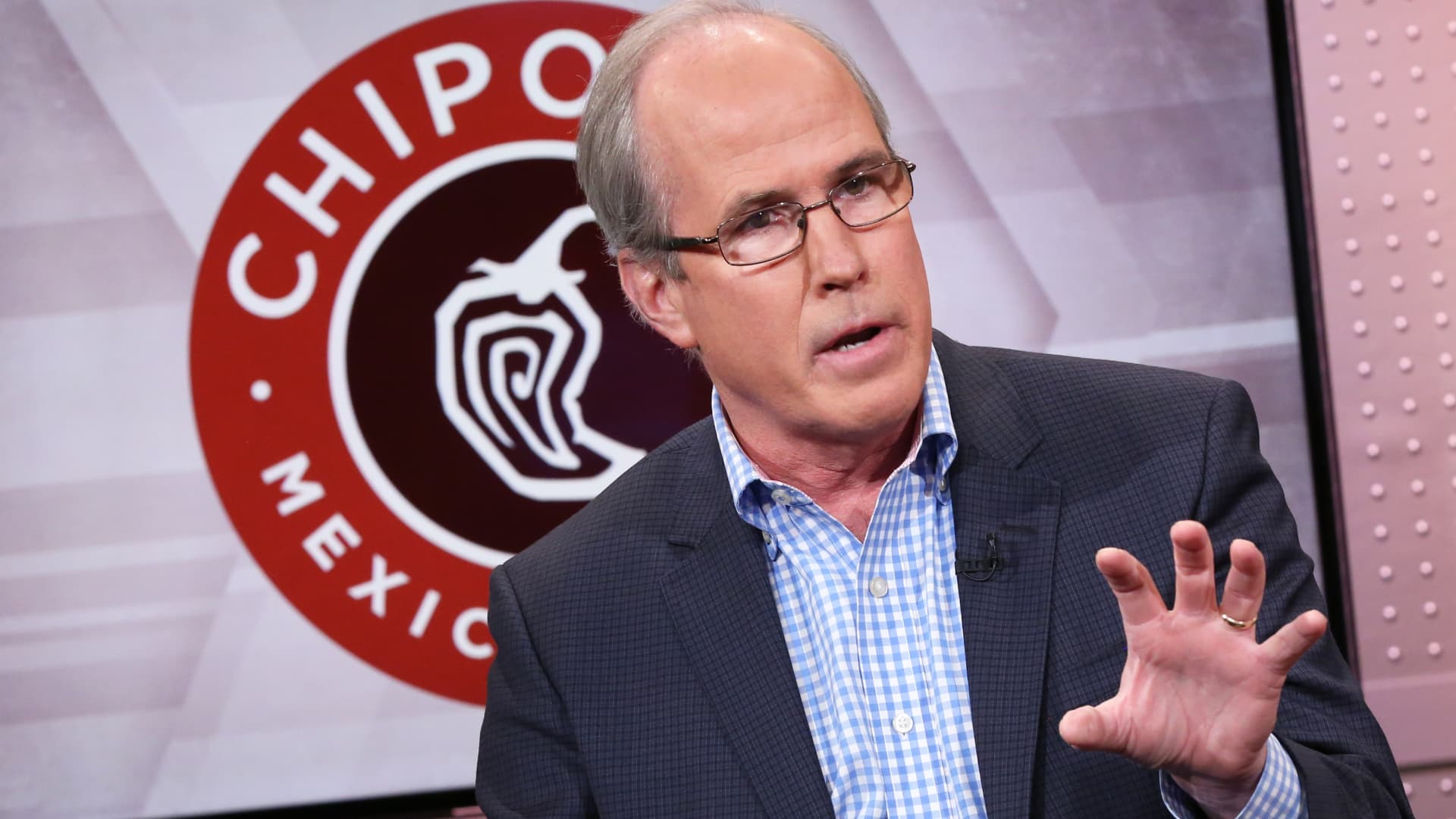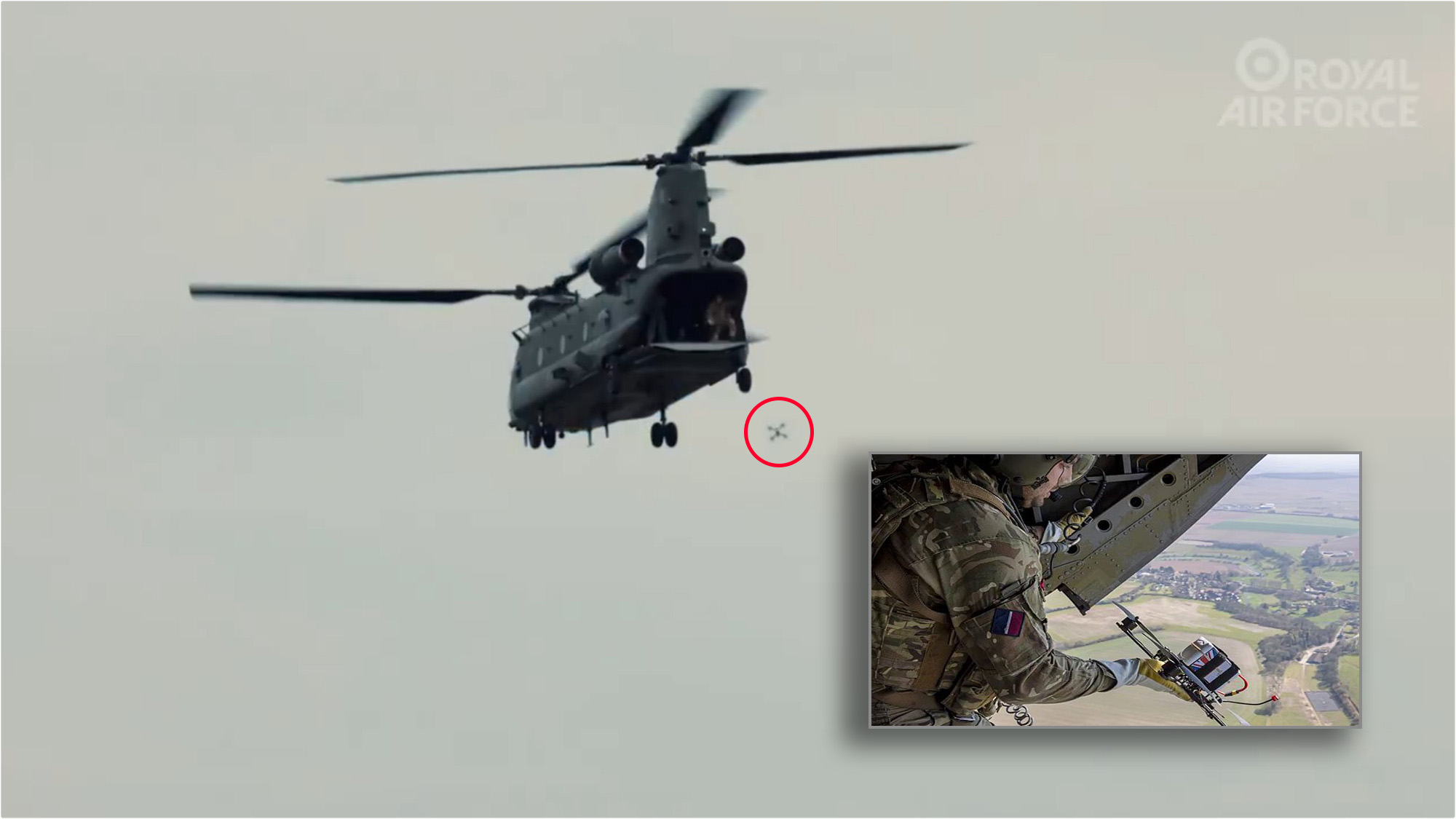Georgia tort reform aims to change practices in judicial “hell hole”
A Georgia attorney talks about how tort reform in Georgia will change the legal landscape for lawsuits. The post Georgia tort reform aims to change practices in judicial “hell hole” appeared first on FreightWaves.

With tort reform in Georgia in the books, the celebration cry among Georgia defense attorneys now might be “we’re number three!”
That ranking of the Peach State was jokingly referred to by attorney Blair Cash of the Moseley Marciniak Law Firm, a South Carolina-based practice that focuses much of its work on defending trucking companies.
Cash, who is based in Georgia, made the comment in a webinar Friday to review a package of tort reforms approved by the Georgia legislature earlier this year and signed in late April by Gov. Brian Kemp.
While Cash was enthusiastic about the Georgia tort reform on the webinar, he was careful not to promise too much out of it. “I really think it is an attempt to just level the playing field a bit, because as has been talked about, Georgia was the number one judicial hell hold for a couple of years,” he said. “I think now we’ve fallen back to number three.”
The tort reform is not trucking-specific. Rather, it is an attempt to reform certain practices that have been allowed to develop over the years in the state’s courts and which the Georgia trucking bar saw as being risks to the state’s motor carriers.
The key legislation is known as SB 85, from Senate Bill 85. But SB 85 had a companion piece of legislation that also was approved and signed by Gov. Kemp, SB 86, which seeks to bring transparency to privately-funded lawsuits, where a plaintiff that lacks the resources to pursue litigation takes funding from an outside source that would then get a piece of whatever settlement or award was reached in the case.
According to both Cash and several law firms that have posted online commentary, SB 85 has numerous provisions, some of which are more procedural to an outsider looking in–like the discovery process being halted while a defendant’s request for a dismissal is pending–and others that can more easily be understood by the side of the legal divide that has people behind the wheel and who would be the target of a lawsuit.
Seat belt ‘gag rule’
The end of the “seat belt gag rule” is one of those provisions.
“In previous years in Georgia, they’ve all failed to change the state’s draconian seat belt admissibility rule,” Cash said. That draconian rule boiled down to this: “seat belt usage had been not admissible at all,” he said.
Cash cited an actual case where a person sitting on a seated lawn mower riding in the back of a truck–so not belted in–suffered “horrible” injuries when the truck experienced a tire blowout. The man was left a quadriplegic, Cash said. But his lack of seat belt usage was not admissible in the resulting litigation.
He said now being able to introduce the seat belt situation of a person injured in an accident may be permissible under the new law. But Cash added that it is not automatic.
It may be preferable, Cash said, not to introduce evidence of seat belt non-usage if the crash in question is a rear end accident resulting in impact “so insignificant that it doesn’t even engage the seat belt.” It can come more into play in crashes where the issue is “injury causation and what the plaintiffs’ injuries would have been had they been wearing their seat belt,” Cash said.
Phantom damages
The part of SB 86 that Cash said would be “the most interesting to see” is the rule on so-called phantom damages.
As the Kennedys law firm said in an online commentary about SB86, the phantom damages provision of SB 86 “allows defendants to present evidence of the actual amounts paid by health insurers for medical care, limiting reliance on inflated billed amounts. Medical expense recovery is now capped at the reasonable value of necessary care, which may be demonstrated through both billed charges and actual payments, regardless of insurance involvement.”
Under the current system that would be changed, the impact of insurance reimbursement against a doctor’s charges could not be introduced.
But with the shift, Cash said, juries will “get to hear both numbers now, so they get to hear the big number (offered by plaintiffs) but they still hear the number of what is actually necessary to satisfy those charges,” Cash said.
He added that he preferred the term “truth and damages” rather than “phantom damages.”
One unintended consequence of the law, Cash said, is that it may be preferable from a trial lawyer’s perspective if a client has no health insurance. The offsetting impact of insurance payment by definition couldn’t come in to play. Cash added that SB 86 is silent on handling that situation.
Other parts of SB86 discussed by Cash and by attorneys in their online commentaries include these provisions:
- The “anchoring” of non-economic damages: Cash cited where an attorney might make an argument along the lines of “if LeBron James makes this much money, is the client’s suffering worth less than that?” As Kennedys said in its commentary, “this tactic can introduce arbitrary inflated figures that influence juries and contribute to nuclear verdicts.” Under the new law, if that sort of figure isn’t discussed earlier in the testimony, it can’t suddenly be introduced during a closing argument.
- Non-bifurcated trial:The current system could involve three steps, Cash said: the actual trial, apportionment of the damages, and then deciding what the damages should be. Each step could involve the same testimony heard multiple times. Bifurcation, according to the Kennedys law firm, would involve just two phases. But it is not mandated; it is an option that can be requested by either party.
The companion legislation, SB87, does not make illegal the practice of outsiders funding lawsuits.
The law goes into effect January 1, which Cash said would give those funding entities time to comply with what he said were “onerous:” registration requirements.
“It has the goal of increasing transparency around third party litigation financing and trying to lift back the veil over some of these agreements which we’ve known existed for a long time,” Cash said. Some judges in the past would require such disclosure, he added, but it was not unanimous.
The registration rules are “not simply a rubber stamp,” Cash said. “There are some very serious registration requirements that they have to complete.”
More articles by John Kingston
California deal with 16 states would end key parts of Advanced Clean Fleets rule
New Jersey, feds take opposite paths on independent contractor rules
State of Freight takeaways: Freight crash may turn into sudden revival
The post Georgia tort reform aims to change practices in judicial “hell hole” appeared first on FreightWaves.





















































































































































